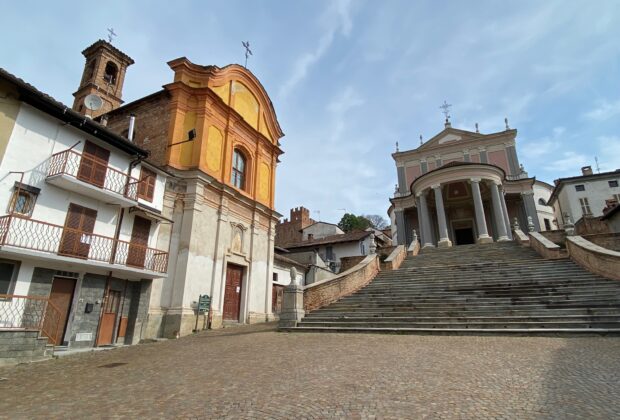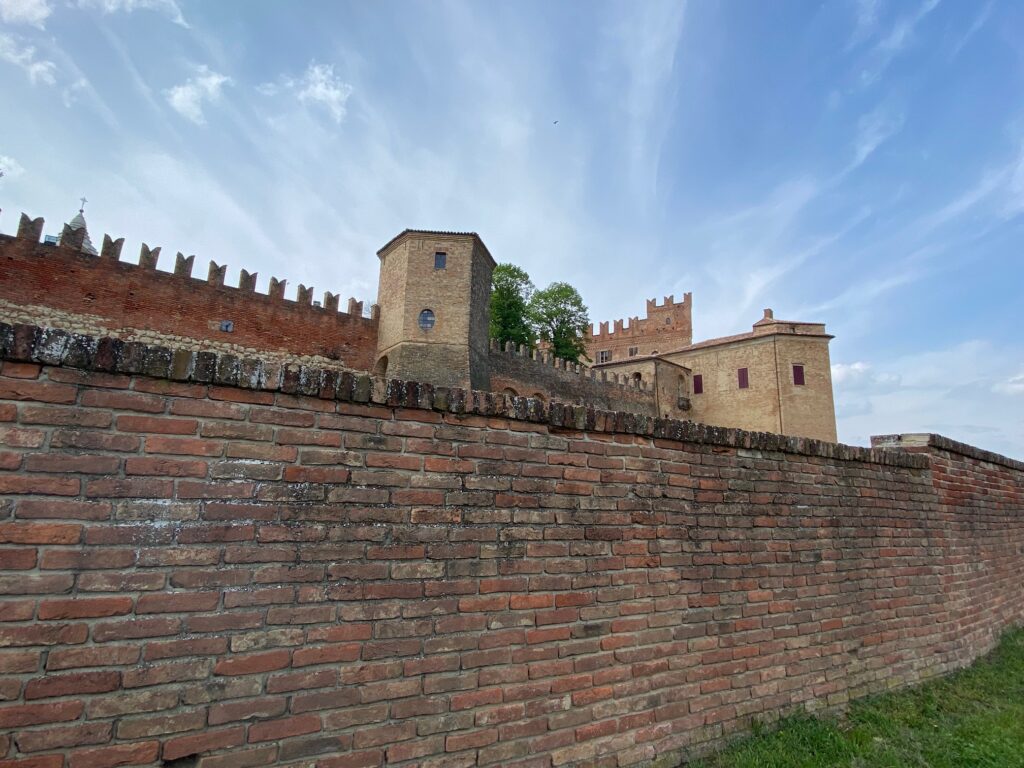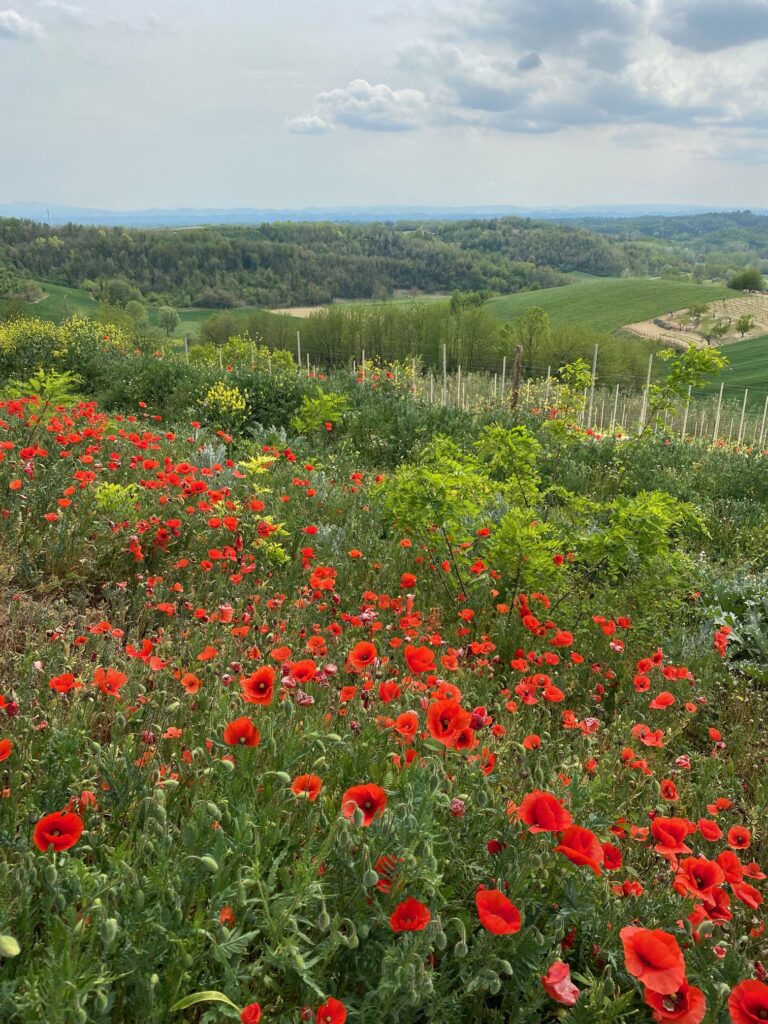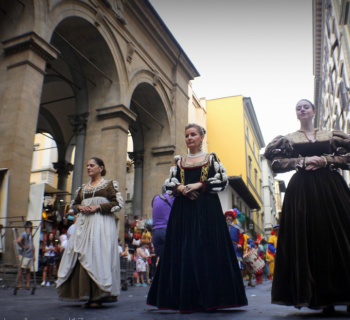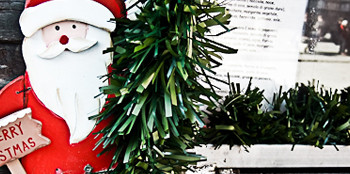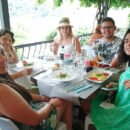In Piedmont there is a very special red wine called Ruchè which is produced in only municipalities located in the area surrounding Castagnole Monferrato. With a medium-structured and generous flavour and with an annual production of about seven hundred thousand bottles, it can be considered a niche product. Although this vine already existed in medieval times, it has only recently been rediscovered and fully appreciated.
Its name apparently comes from the Piedmontese rincet, which indicated a disease that attacked the vines of the area at the end of the nineteenth century and from which only Ruchè managed to survive. According to more accredited sources, however, this vine was imported in the Middle Ages by Cistercian monks from Burgundy and planted near the convent (now destroyed) of San Rocco, from which it took its name. Others think that the name comes from the steep and sunny hills on which the vineyards are perched: in the local dialect, in fact, ruché means perched.
Be that as it may, it is worth discovering this treasure of our Piedmont. To sample it, we recommend a stop at the splendid Montemagno Estate (https://www.tenutamontemagno.it), which is located a short distance from the town of the same name. Here, in addition to enjoying the pleasures of the winery, you could spend a pleasant weekend in the Monferrato hills, which are particularly picturesque in this area.
Not far from the estate lies the charming village of Montemagno. Founded around the year 1000, it boasts one of the most beautiful squares in Piedmont: Piazza San Martino, where an astonishing Baroque staircase and the Church of the Assumption that dominates it bring to mind the Spanish Steps in Rome. On the square, behind which stands the castle (unfortunately not open to visitors except a few times a year) with its Ghibelline battlements, there are three churches that have been influenced by Mantegna in the decoration of their ceilings and house precious paintings such as St. John the Baptist by Orsola Caccia, daughter of Guglielmo Caccia known as Moncalvo who worked throughout Piedmont, and St. Michael between Saint'Evasio and Saint Defendente by the great portrait painter Pietro Francesco Guala.
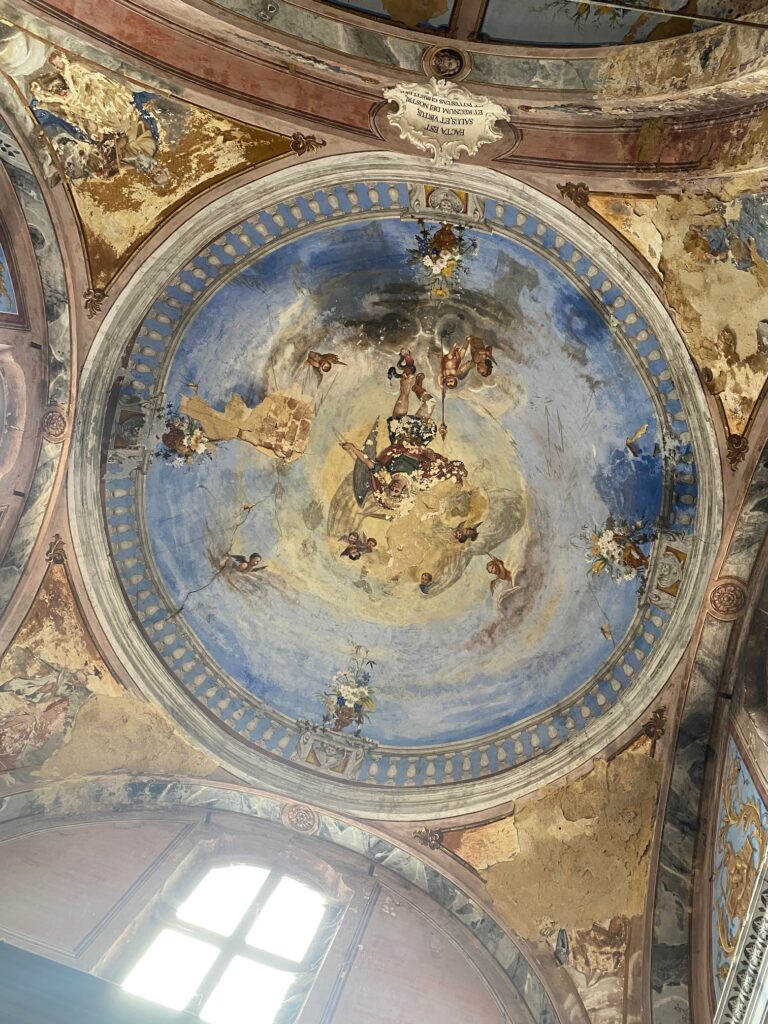
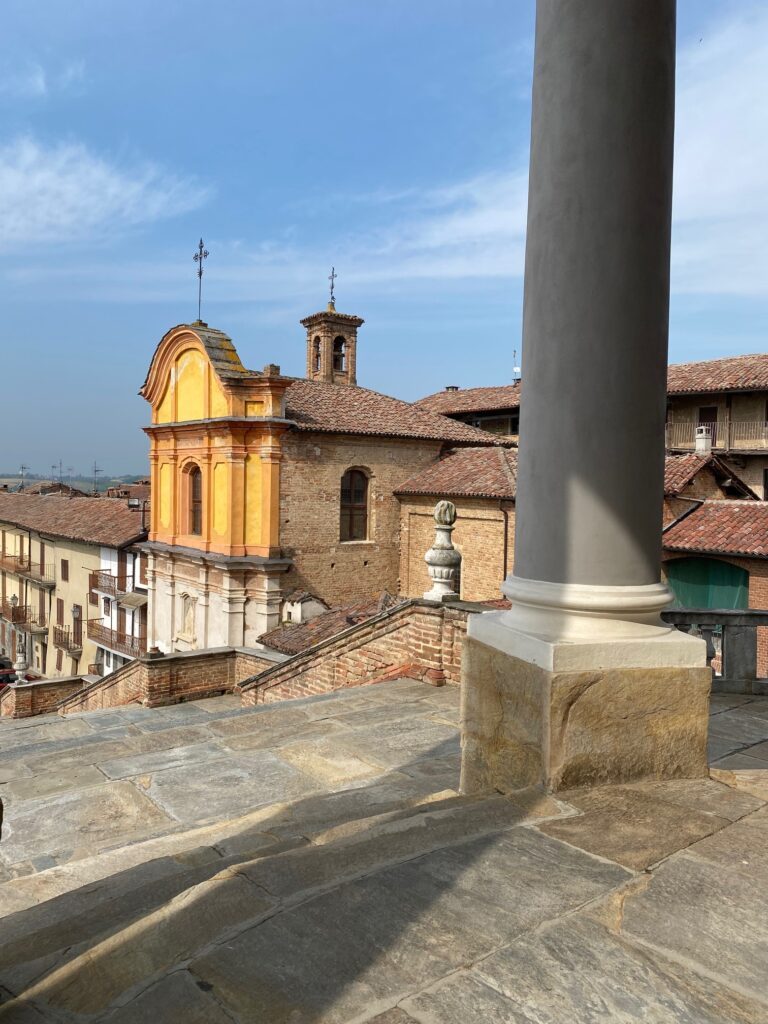
Leaving the Church of the Assumption behind, the road leads to the belvedere that surrounds the castle: from here an extraordinary view of the surrounding hills can be enjoyed. Outside the village, on a panoramic hill near the cemetery, stood the pretty Romanesque chapel of San Vittore, with unfortunately only the bell tower and part of the apse remain today. Before heading to the church of San Vittore, however, we recommend a stop at the Church of Santa Maria della Cava, whose entirely frescoed apse houses jewels dating back to the seventeenth century. If, however, you take Via Lasagna, you can reach a small valley where, completely isolated and surrounded by greenery, stands the Sanctuary of the Madonna di Vallinò.
Once exhausted the treasures of Montemagno, a nice panoramic route awaits by taking the road leading to Casorzo (home of the delicious aromatic Malvasia wine), passing through Altavilla Monferrato (home to one of the oldest distilleries in Italy as well as a very interesting museum devoted to the production of grappa): the landscape is truly enchanting and, especially in the summer, it shines with the yellow of sunflowers. From there you can continue towards Grana Monferrato, where, inside the parish church of Santa Maria Assunta, you can visit the Museum of Sacred Furnishings and Art, which contains precious reliquaries, sacred vestments and altarpieces.To gain access to all these places, which are often closed to the public, you must contact the MAC Monferrato Arte Cultura cultural association. It's well worth it.
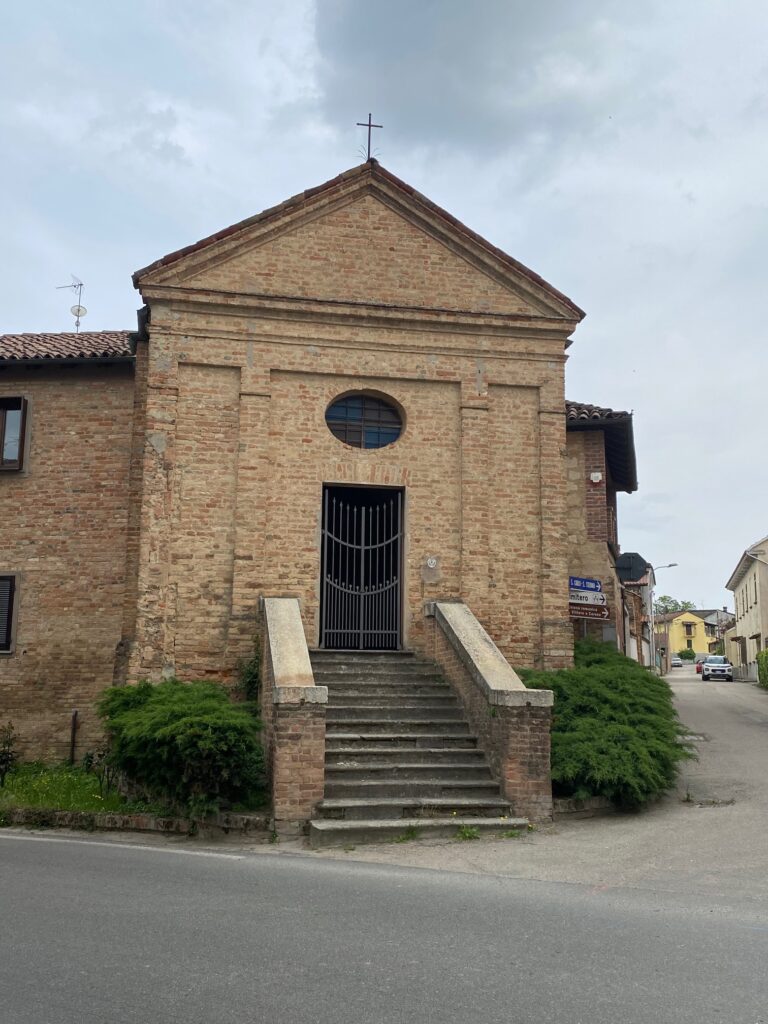
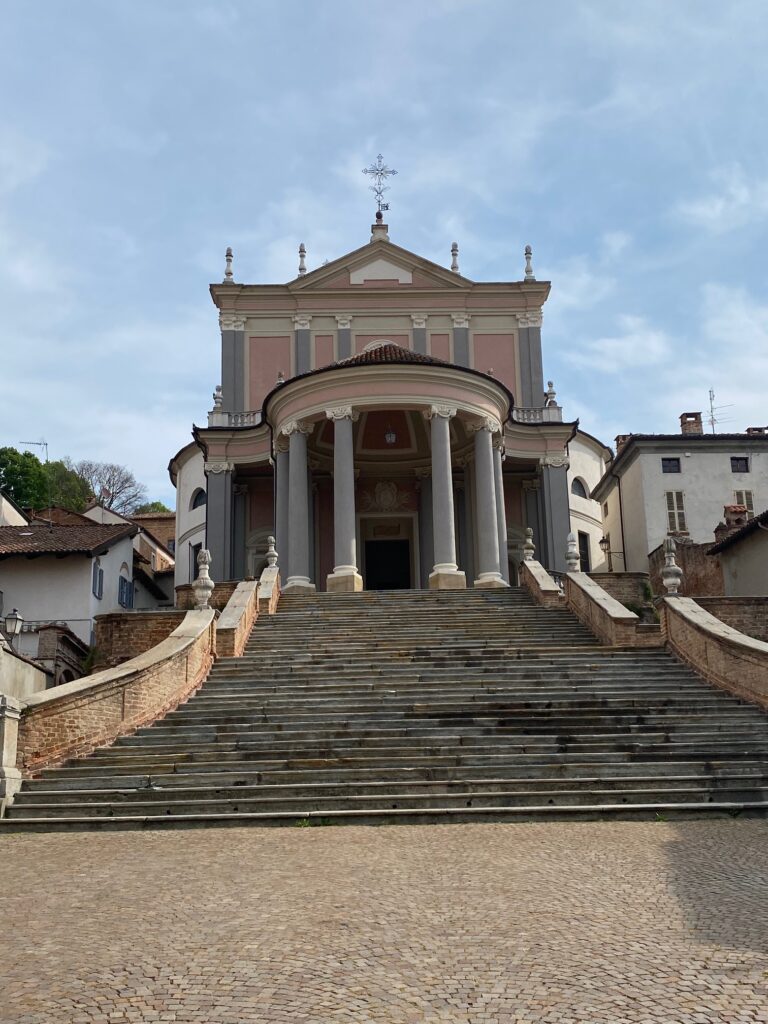
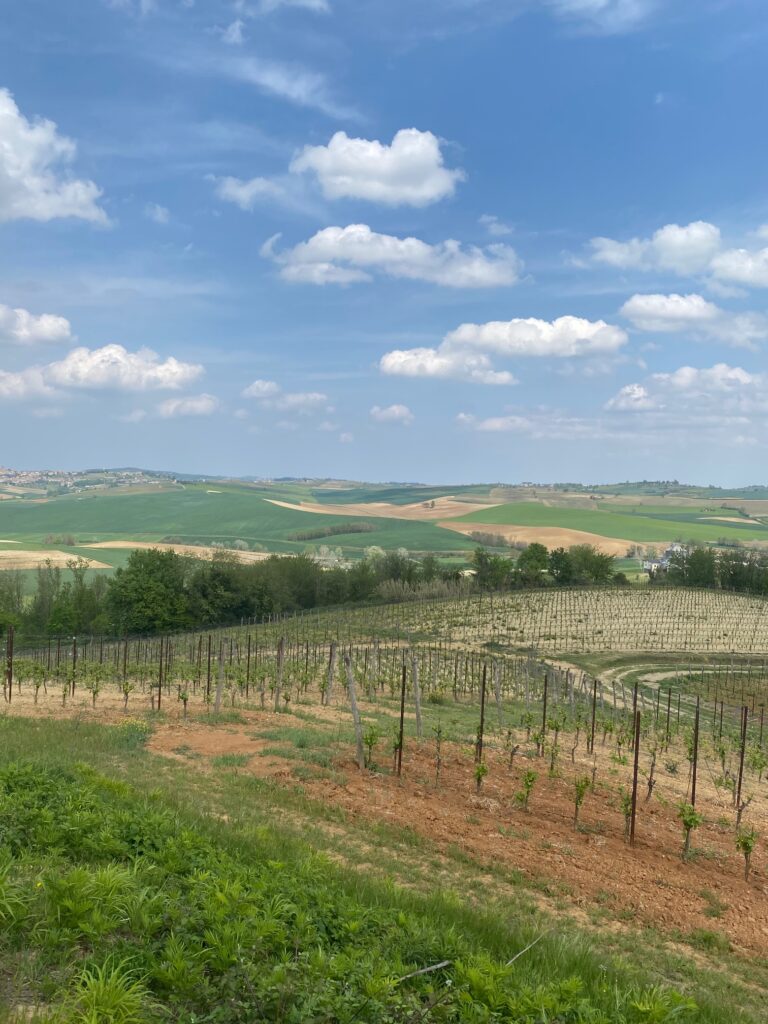
Scuola Leonardo da Vinci Turin
The welcoming friendly atmosphere of our school will make you feel at home and you can relax with your classmates in the small gardens of the adjacent pedestrian area.
Latest posts by Scuola Leonardo da Vinci Turin (see all)
- In Turin, a breaded cutlet is called grissinopoli - July 4, 2024
- Fritz the elephant and Turin’s Museum of Natural Sciences - May 23, 2024
- THE GIRO D’ITALIA - May 8, 2024


